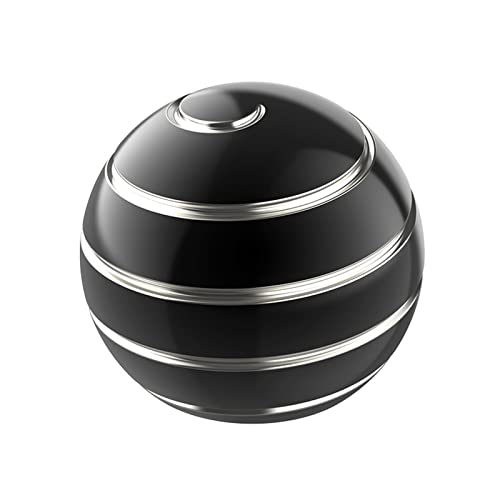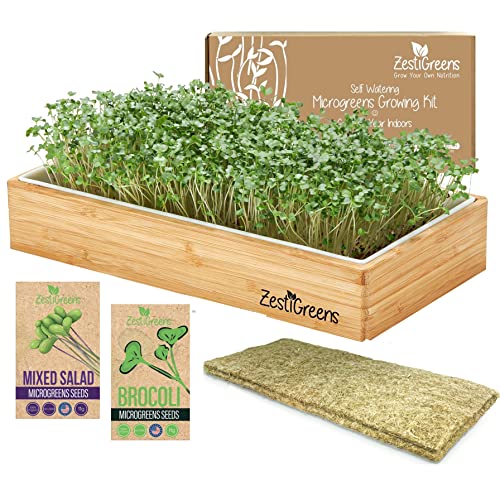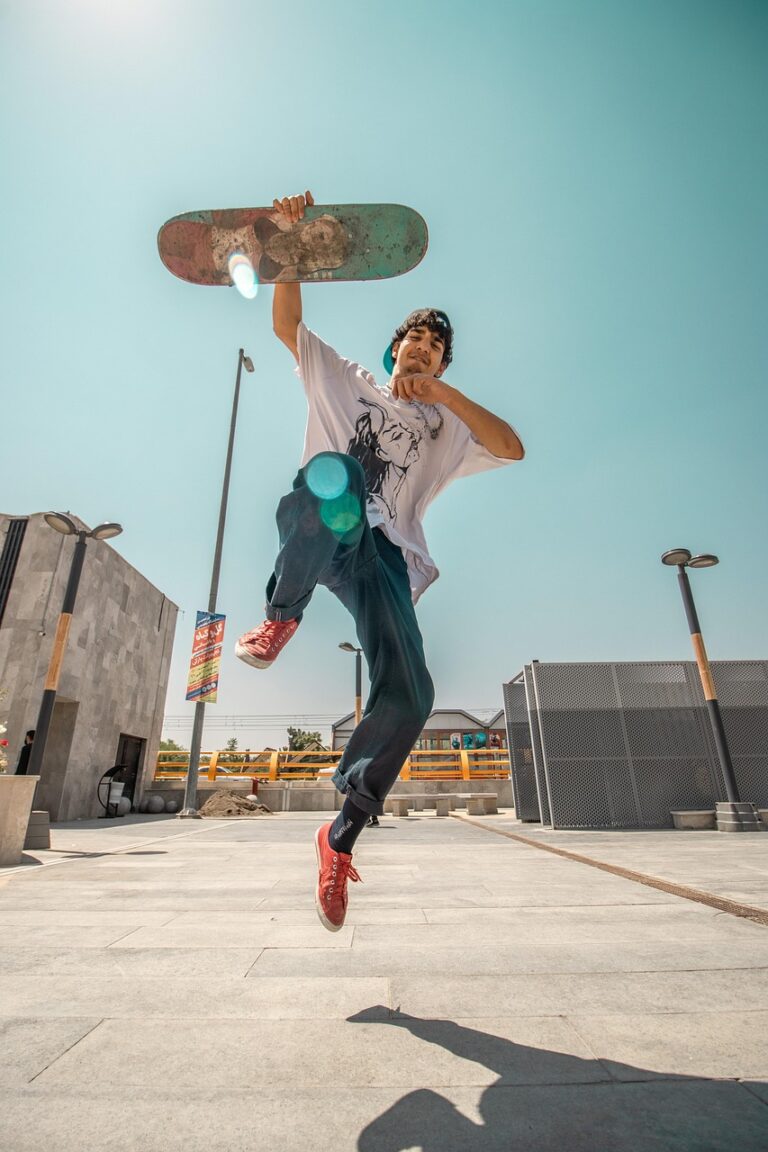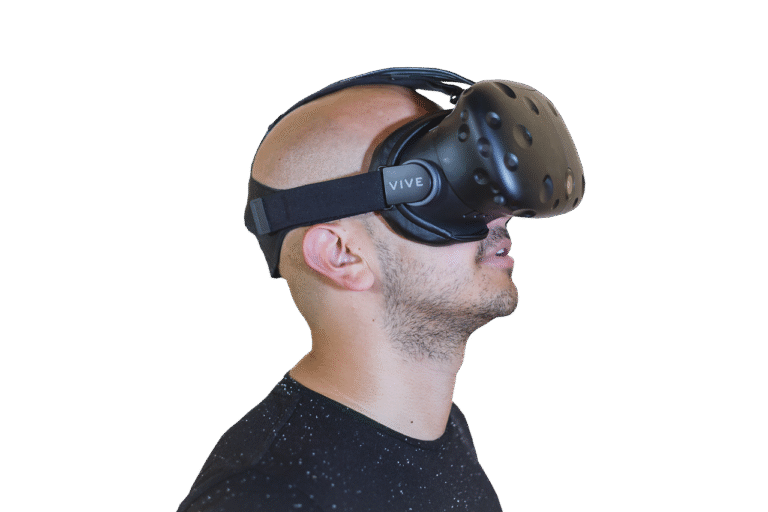Why Your Desk Deserves a Playful Side
Your brain is built for breaks: brief play can boost problem-solving by up to 40%. Permission to fidget or daydream isn’t slacking — it’s strategy. Small, tactile tools nudge attention, trigger curiosity, and pry you out of mental ruts.
This list pairs twelve playful gadgets into six focused duos. Each one is chosen to spark a tiny, productive break — a pen that invites doodles, a scent that sharpens focus, a mini whiteboard that catches wild ideas. Use them sparingly, use them often, and don’t worry — your desk can be both tidy and delightfully distracting. Play thoughtfully; brainstorm better.




10 Office Gadgets That Will Make Work Fun
Fidgety Fuel: Tactile Tools to Unclog Your Brain
Kinetic Motion Sculptures: Hypnotic Momentum
A small desktop motion toy turns repetitive energy into a visual mantra. Think magnetic ring stacks, a mini Newton’s cradle, or a precision gyroscope that hums for a few rotations. Watching a steady, predictable motion for 30–90 seconds calms the part of your brain that clings to a single solution—like giving your mental gears a quick oiling. Real-world example: a colleague once solved a stuck wireframe after staring at a pendulum for one minute and sketching the idea that bubbled up mid-swing.
High-Quality Fidgets: Hands-on Calm
Not all fidgets are rubbery junk. Choose a textured stress stone, a machined metal spinner (for silent momentum), or a tactile clicker designed to be discrete. Those little, precise movements anchor your attention without dragging you into full distraction—your hands are busy while your mind wanders to new associations. Models to consider: a pebble-style palm stone, a ceramic worry bead strand, or a machined torqbar-style spinner.
Micro-breaks that Actually Work
Short, deliberate breaks beat long, aimless ones. Try:
Office Etiquette: Be Playful, Not Percussive
Next up: if motion wakes your mind, atmosphere tunes it—let’s look at how light and sound shape creative moods.
Light and Sound: Atmosphere Makers That Nudge Creativity
You’ve fiddled with objects — now tweak the backdrop. Two small swaps (a color-adjustable lamp and a compact ambient sound player) change how your brain approaches problems: warm, gentle light invites loose, playful thinking; cool, crisp light sharpens editing and detail work. Tiny sensory cues can flip your headspace in minutes.
Why light temperature matters
Warm light (around 2700K–3000K) relaxes the prefrontal “filter,” making unexpected associations easier — perfect for brainstorming or sketching wild ideas. Cooler light (4500K–6000K) increases contrast and vigilance, so you catch typos, tidy slides, or debug code faster. Try a lamp with smooth warm-to-cool transitions and a dimmer: it’s like changing chairs for your brain.
Soundscapes: make noise without the inner monologue
Curated ambient audio reduces that narrating voice that says “that won’t work.” Options that help:
Compact players to consider: a portable Bluetooth speaker (JBL Clip 4 or Anker Soundcore) for playlists, or a dedicated ambient device (Marpac Dohm-style white noise) if you need neutral texture.
Quick experiments & playful rituals
Try these short tests to find what triggers ideas:
A fun ritual: create a “creative playlist + glow mode” — same playlist and lamp setting every time you want to ideate. After a few uses, your brain will start associating that combo with idea-time, making it easier to slip into play.
Analog Playthings: Pens, Pads, and Puzzles for Big Ideas
Why slowing down sparks new links
Handwriting and sketching force tiny pauses your brain loves. Studies and teachers alike note that writing engages motor memory and visual imagination in ways typing doesn’t—those pauses let your mind recombine fragments into surprising metaphors or problem pivots. Meanwhile, a small tactile puzzle nudges you into a low-pressure problem-solving mode: the hands keep busy, the mind wanders, and—sometimes—your best idea arrives mid-twist.
Pairings that actually work
Combine an erasable smart notebook or a luxurious analog setup with a compact desktop puzzle to get the best of both worlds.
This is a paragraph that leads into a hands-on toy for breaks.
Playful constraints that spark output
Try rules that create delightful limits:
Digitize without killing the vibe
Quick steps to keep analog magic and searchable files:
Next up: change the room’s mood to match this playful practice with light and sound that catalyze creativity.
Visual Prompts: Mini Boards and Idea Displays
Why a small canvas matters
There’s something stubbornly clarifying about seeing a thought in front of you. A tiny standing whiteboard or glass desk easel turns fleeting ideas into visible objects you can push, pair, and erase — which reduces mental clutter and makes collaboration click. In one office I visited, a 9×12 easel cut a 45‑minute debate down to 12 minutes: sketch, erase, agree.
Two gadgets that actually do the thinking for you
How to use them — quick, practical moves
A few humorous prompts to try now
Visibility + randomness = fewer stuck moments and more offbeat solutions. Use the mini board to honor bad sketches — they’re often where the good ones hide.
Green and Fresh: Plants, Diffusers, and Air Boosters for Clarity
After you’ve sketched ideas and pinged the mood lights, give your desk a little life — literally. Two quiet companions (a low‑maintenance desk plant and a tiny scent/air gadget) can reduce stress, sharpen attention, and make creative work feel friendlier.
Pick the right green companion
Choose something that survives your calendar. Great options:
Scent and air: tiny changes, big focus
Decide whether you want scent cues (USB diffuser like InnoGear or Muji) or cleaner air (compact purifier). Use scent as a cognitive cue:
Simple rituals that actually work
Small living touches and tiny air tweaks are low-cost, low-effort ways to keep your head clear and your next idea closer.
Smart Helpers: Tech That Surprises Your Thinking
Macro keypads: one tap, many sparks
A programmable keypad (think stream deck or macro pad) turns a chaotic workflow into a playful switchboard. With one press you can open a blank doc, launch a 10‑minute timer, start an ambient playlist, and pop a creative prompt — all chained together.
Quick how-to example (sketch sprint):
Practical picks: Elgato Stream Deck MK.2 for rich icons and multi‑action macros; Loupedeck for designers who want app integrations; X-Keys for heavy-duty customization. Pro tip: keep a “panic” key that closes distractions and starts a focus ambient instead of complex automations — instant calm, zero setup.
Voice capture: catch lightning before it fades
Hands-free idea capture preserves the messy, golden flashes that typing misses. Pocket recorders (Sony ICD-PX470, Zoom H1n) are great for crisp audio; smart speakers (Echo Dot, Google Nest) let you bark a note while your hands are buried in glue or code. Pair recordings with Otter.ai or built‑in transcription so your later search is painless.
Tips to make it sticky and fun:
Anecdote: colleagues often turn the “10‑minute wild‑idea” key into a ritual — it’s the most used button on busy days. Ready for a playful desk reset? Next up: pulling everything together into a creativity playground.
Make Your Desk a Creativity Playground
Pick two gadgets from different sections – a tactile toy plus a visual prompt, or a soft lamp with a tiny plant – and run a two-week experiment. Notice how small, consistent cues reshape focus and ideas. Treat it like lab work: observe, tweak, repeat. The aim isn’t to distract but to build playful nudges that break stale thinking patterns.
Start small, log quick notes, and swap one gadget if it fizzles. Share results with a friend or coworker for extra momentum. Ready to turn your workspace from ‘meh’ to ‘eureka’—one tiny gadget at a time.








Huge fan of analog toys — the Kingou hexagon tangram and a small dry erase keyboard stand are my go-tos. They make coming up with weird ideas feel less like forcing it.
Sometimes I sketch on the whiteboard under my keyboard while I think — it’s oddly freeing.
Ok this article officially convinced me to turn my desk into a tiny amusement park. Got a little spinner, a plant, and an LED lamp on my wishlist — desk playground, here I come 😜🌿
Don’t forget the tangram — it’s shockingly satisfying!
Share pics once you set it up! We love before/after desk transformations.
Love the energy! Start small — a tactile fidget + lamp switch can change the whole vibe without breaking the bank.
Anyone using the Levoit Core Mini-P right beside a keyboard? I have a small desk and worry about airflow being blocked or it blasting dust onto my keyboard. Also noise level at night? (I work odd hours)
I keep mine on a coaster behind my monitor and it’s fine. Low setting is whisper-quiet, high is noticeable but not loud.
Placing it elevated (on a small stand or shelf) helps airflow and keeps dust from settling on keys. The Core Mini-P is pretty quiet on low — you can run it overnight without much disturbance.
I sleep with mine on low all night. No probs, just fresher air 🙂
Also check the direction of the intake vs outflow — point the outflow away from where you rest papers so it doesn’t blow them around.
I had dust concerns too — use a washable pre-filter (if the model supports it) and clean it monthly. Helps a ton.
If you’re in a dusty apartment, put the purifier slightly off the desk onto a shelf. It still clears air but avoids keyboard dust.
That aluminum optical illusion spinner ball is low-key hypnotic. I spun it for five minutes and then had to stare at my monitor for an awkward minute to re-focus. 😂 Anyone else get a bit dizzy from these?
Yes! I get a little woozy if I stare too long. Great for short breaks though.
You’re not alone. Optical spinners are stimulating — use them for 30-90 second resets rather than long sessions, especially if you get motion-sensitive.
I put mine on a coaster so when it goes flying from my desk-fling reflex it doesn’t dent anything 😅
Also good tip: keep a notepad handy to jot down any ideas before the ‘whoa’ moment passes.
I learned that the hard way during a video call. Do NOT spin on mute unless you want to risk a weird stare-down with your webcam.
Great list but be honest — some of these feel overpriced for what they are. The optical balls and fancy desk toys look cool but do they last? Anyone had durability issues with the illusion spinner or wooden tangram? Also shipping to my area took forever 😒
Fair point. Longevity varies by build quality — metal spinners and solid wood tangrams generally hold up better than cheap plastics. We tried to include a mix of price points but always recommend checking return policy and reviews for durability.
For shipping delays: look for sellers with local warehouses or prime/fast shipping. Also check warranty.
Some items you can DIY cheaper — the whiteboard keyboard stand idea can be done with a thin acrylic piece if you’re handy.
Bought the wooden tangram last year, it still looks brand new. The plastic puzzle I picked up elsewhere cracked within months though.
Plants + diffuser combo on my desk = miracle worker.
I keep a tiny succulent, and a little USB diffuser with citrus oil. The air feels cleaner, and I actually want to sit at my desk more now. Also the Levoit Core Mini-P was mentioned — does anyone have experience with that for small rooms? Thinking of getting one.
PS: office plants are cheaper than therapy 😅
Love this setup. The Levoit Core Mini-P is great for small spaces/desk areas — it’s portable and quiet, but if your room is >200 sq ft you might want a larger unit.
I actually mapped a bunch of creative shortcuts to the Stream Deck MK.2: open moodboard, toggle focus playlist, switch color/temp on my lamp (via hub). It’s subtle but speeds up the ‘context switching’ when bouncing between tasks.
Nice — integrating peripherals into a single workflow is underrated. Did you use Elgato’s integrations or a separate macro app?
I use Companion and some IFTTT for things the native app doesn’t support. Takes time but worth it.
FYI on the adjustable LED architect lamp with remote: the dim-to-warm feature is legit. I set it to a bright cool white for focused coding sessions and dial it back to warm amber for brainstorming sketches.
One thing I noticed:
– remote works through my monitor if I point it weirdly
– the clamp is strong but measure your desk thickness first
– the USB port on mine is handy for charging a phone
Anyone else notice any flicker at low brightness? Mine’s fine but curious about long-term reliability.
Thanks for the practical notes, Diego. A few readers reported mild flicker on lower-end models; higher-quality LEDs and proper drivers usually avoid that. If you see flicker over time, contact the seller — it could be a defective driver.
This list made me want to buy everything and call it ‘research’ during work hours. The LED lamp with remote feels dangerously close to mood lighting for procrastination though — will it make me write better poetry or just watch more videos? 🤔
If your goal is to actually work: get a lamp with adjustable color temps and set a rule: warm = breaks only.
I switched mine to a cool white for focused work and it helped with midday zzzs. Then I switch to amber for evenings.
Poetry, videos, or both. Depends how dramatic the lamp is 😂
Haha — mood lighting can be a trap. We recommend using cooler temps (4000K+) for task focus and warmer for breaks. The remote is handy to change scenes quickly between deep work and rest.
I bought a small kinetic spinner similar to the 1.54-inch ball last month and honestly it’s addictive in the best way. Helps me reset between emails without reaching for my phone. Only thing — any tips to keep it from making that tiny clicking noise? Drives my roommate nuts 😂
Ooo thanks for the oil tip — didn’t know that! I have the aluminum illusion spinner and it was squeaking too. Gonna try this tonight.
If it’s an optical piece, sometimes the surface reflections make noise worse. A soft cloth + a bit of rubbing alcohol on the bearings worked for me.
Glad you liked it, Maya — the tiny click usually comes from dust or a loose seam. Try giving it a gentle wipe with a microfiber cloth and, if it’s metal, a drop of watch oil on the axle (very sparing). If it’s plastic, just cleaning usually helps.
Curious if anyone actually found the Stream Deck MK.2 useful for non-streaming stuff? I do basic editing and a million shortcuts confuse me, but macros sound promising. Worth the splurge for productivity?
Yes — I use mine for Photoshop actions, OBS switching, and launching templates. You can create profiles for apps so it’s not overwhelming. Totally worth it if you automate repetitive steps.
We tested the MK.2 for creative workflows — once you set up a couple of profiles (like one for video edit, one for writing), it cuts down on menu diving. There’s a bit of setup time, but it pays off.